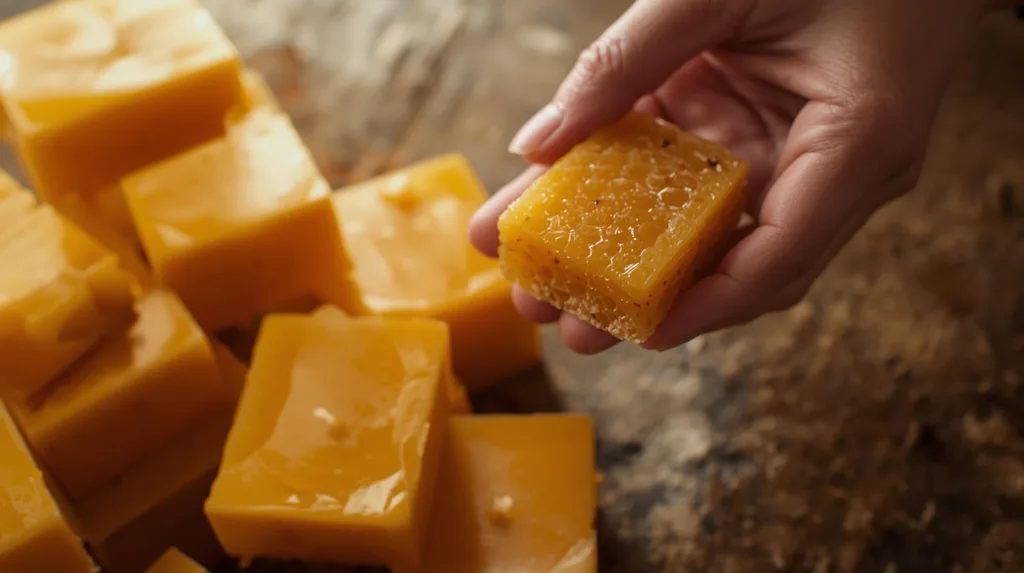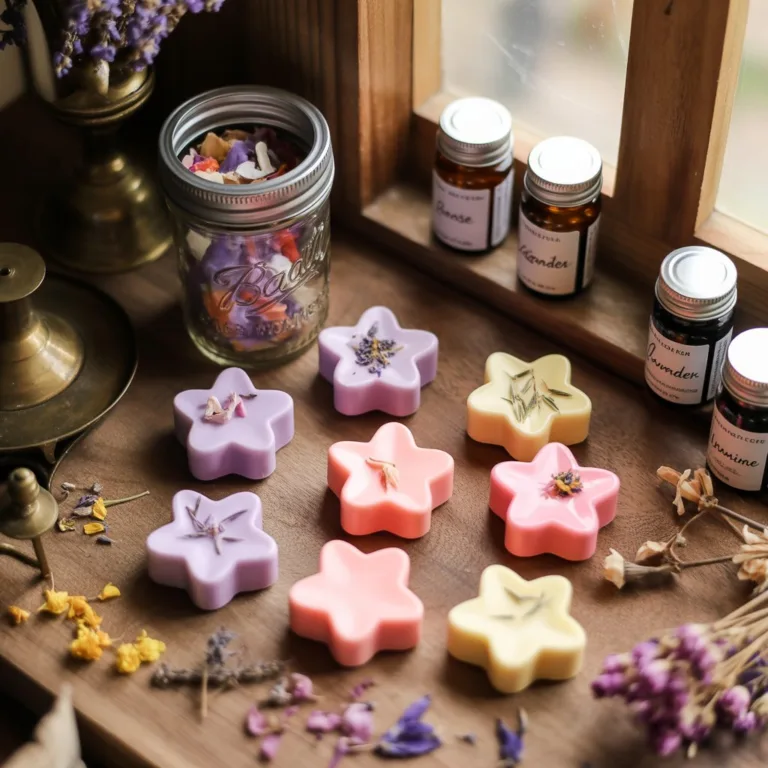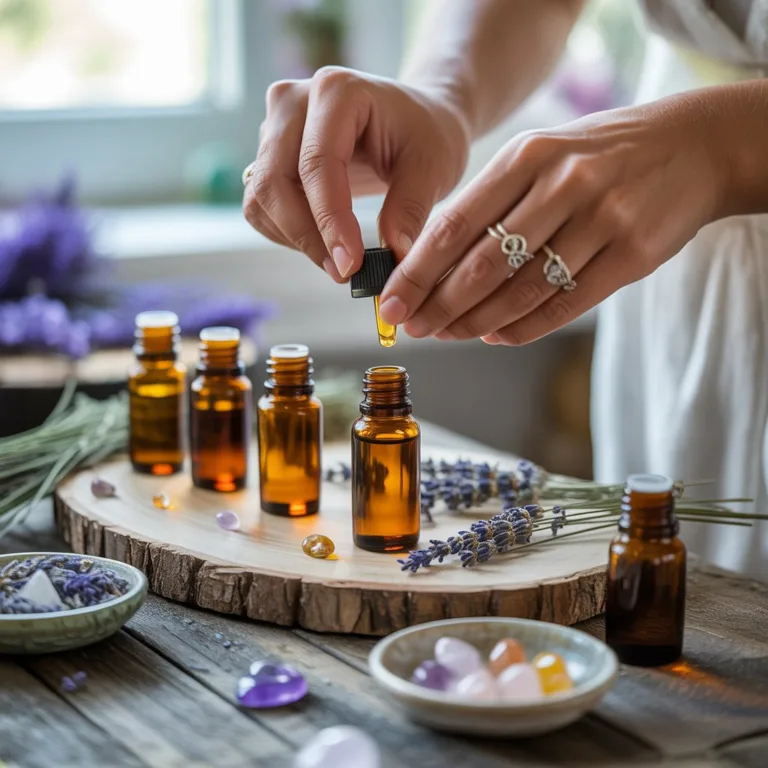In a world that increasingly values sustainability and natural living, handmade eco-friendly candles have become a symbol of mindful craftsmanship and environmental care. Among all the materials used in candle-making, beeswax stands out as one of the most sustainable, elegant, and natural options available. Learning how to use beeswax for eco candles not only helps reduce dependence on synthetic waxes and plastic packaging but also reconnects you with an ancient craft that has illuminated homes for centuries.

Making candles from beeswax is a creative and rewarding process that blends art, nature, and practicality. This guide will walk you through every aspect of working with beeswax — from understanding its origins and properties to crafting clean-burning, aromatic eco candles that enhance both your home and the planet.
Understanding Beeswax: Nature’s Perfect Candle Ingredient
What Is Beeswax?
Beeswax is a natural wax produced by honeybees as they build honeycombs. Worker bees secrete the wax from special glands on their abdomen and use it to construct hexagonal cells that store honey and protect larvae.
When beekeepers harvest honey, they often collect leftover beeswax caps from the honeycomb. After cleaning and melting, this wax becomes the base for a wide range of natural products — from cosmetics and furniture polish to art supplies and, of course, eco candles.
Why Choose Beeswax Over Other Waxes
There are several types of wax used for candles: paraffin, soy, palm, coconut, and beeswax. However, beeswax offers unique advantages that make it ideal for sustainable living:
- Completely natural and renewable: Unlike paraffin, which is derived from petroleum, beeswax is biodegradable and non-toxic.
- Air-purifying properties: When burned, beeswax releases negative ions that help neutralize pollutants and allergens, improving air quality.
- Long burn time: Beeswax burns slower and hotter than other waxes, providing longer-lasting candles.
- Natural honey aroma: Its subtle, sweet scent creates a warm and soothing atmosphere without artificial fragrance.
- Clean burning: It produces minimal soot and smoke, making it ideal for indoor use.
For those committed to an eco-friendly lifestyle, using beeswax for eco candles perfectly aligns with values of sustainability, wellness, and craftsmanship.
Preparing Beeswax for Candle Making
Sourcing Ethical Beeswax
The first step toward making sustainable candles is sourcing ethically-produced beeswax. Look for local or small-scale beekeepers who prioritize bee welfare, avoid harmful chemicals, and harvest responsibly. Supporting ethical apiculture not only ensures a better product but also contributes to the preservation of bee populations — vital pollinators that sustain global ecosystems.
If you purchase beeswax in blocks or pellets, ensure it is 100% pure and free from additives or bleaching agents. Natural beeswax ranges in color from pale yellow to deep golden brown, depending on the flowers the bees visited.
Cleaning and Filtering
If your beeswax comes unrefined, it may contain bits of honey, pollen, or debris. Melt it slowly using a double boiler setup and strain it through cheesecloth or fine mesh into a clean container.
Avoid direct heat — beeswax has a low melting point (around 62–64°C or 143–147°F), and overheating can damage its natural aroma and properties.
Choosing Additives Mindfully
Beeswax candles don’t require additives for performance, but some crafters like to blend in small amounts of other natural ingredients for customization:
- Coconut oil or olive oil: Helps soften the wax and improve scent throw.
- Essential oils: Add natural fragrance (use sparingly to avoid altering burn quality).
- Plant-based colorants: Create subtle hues using turmeric, spirulina, beetroot powder, or cocoa.
Keep in mind that true eco candles avoid synthetic dyes or fragrances, ensuring a toxin-free burn.
Essential Tools and Materials
Before crafting, prepare the following supplies:
- Beeswax blocks or pellets (pure and natural)
- Cotton or hemp wicks (lead-free, eco-certified)
- Double boiler or heat-safe bowl and pot
- Thermometer (to monitor melting temperature)
- Molds or containers (glass jars, ceramic cups, or silicone molds)
- Essential oils (optional, for fragrance)
- Stirring utensil (wooden or stainless steel)
- Wick holders or skewers to center the wick
Having everything organized will make the process smoother and safer.
Crafting Eco Candles with Beeswax
Working with beeswax is a tactile and satisfying experience. It melts smoothly, sets beautifully, and fills your workspace with a soft honey scent.
Melting the Beeswax
Use a double boiler to melt the beeswax gently. Place the beeswax in the top container and heat water in the lower pot over medium heat. Stir occasionally as the wax liquefies.
Avoid open flames or overheating, as beeswax is flammable. Keep the temperature between 65–75°C (150–165°F) for best results.
Adding Natural Fragrance
Once melted, remove from heat and allow it to cool slightly (around 60°C or 140°F) before adding essential oils. This prevents the oils from evaporating due to high heat.
Popular essential oils for beeswax candles include:
- Lavender – calming and floral
- Lemongrass – refreshing and energizing
- Cedarwood – grounding and woody
- Sweet orange – cheerful and uplifting
- Rosemary – purifying and herbal
Blend one or two oils for a balanced scent. Start with about 10–15 drops per 100g of wax, adjusting based on personal preference.
Preparing the Wick
While the wax cools slightly, secure your wick to the base of the container using a dab of melted wax or a wick sticker. Ensure the wick stands straight in the center — you can use a pencil or bamboo stick laid across the top to hold it in place.
Pouring the Wax
Slowly pour the warm wax into your prepared container, leaving about 1 cm (½ inch) of space at the top. Pouring too quickly can cause air bubbles or uneven texture.
Let the candle cool naturally at room temperature. Avoid moving it while it sets to prevent cracks or surface irregularities.
Once fully cooled and solid, trim the wick to about 5 mm (¼ inch).
Making Different Types of Beeswax Eco Candles
Container Candles
These are perfect for beginners. Use glass jars, recycled teacups, or metal tins for a cozy, rustic look. Container candles burn evenly and protect the flame from drafts.
Pillar Candles
For free-standing candles, use silicone molds. Add a wick sustainer at the bottom and pour in melted beeswax. Pillar candles require thicker wicks to ensure consistent burning.
Rolled Beeswax Candles
Rolled candles are made from beeswax sheets instead of melted wax. Simply warm the sheet slightly, place the wick along one edge, and roll tightly. These are easy to make, visually appealing, and emit the same sweet honey fragrance.
Decorative or Sculpted Candles
Using silicone molds, you can create candles in artistic shapes — flowers, stars, or even geometric forms. Mixing beeswax with natural pigments allows for subtle, earthy colors.
Avoiding Common Mistakes
Even experienced candle makers face small challenges when working with beeswax. Here’s how to prevent common issues:
- Cracking: Caused by cooling too quickly. Let candles cool at room temperature.
- Uneven burning: Use the correct wick size and keep it trimmed.
- Tunneling: Ensure your first burn lasts long enough to melt wax evenly across the surface.
- Poor scent throw: Don’t overheat essential oils; add them at moderate temperatures.
Mastering these small details ensures your eco candles look professional and burn beautifully.
Adding an Eco-Friendly Touch
Sustainability doesn’t end with the wax — it extends to every aspect of the process.
Recycled Containers
Use glass jars, ceramic bowls, or metal tins from around your home. A cleaned jam jar or coffee cup can become a charming candle holder.
Plastic-Free Packaging
If gifting or selling, wrap candles in kraft paper, cotton fabric, or biodegradable wraps. Avoid synthetic ribbons or shrink wraps.
Labeling with Purpose
Include information about the candle’s natural ingredients, burn time, and care instructions. Highlight that your candles are handmade from pure beeswax, emphasizing their eco-conscious origins.
Using Leftover Wax
Beeswax scraps can be melted again to make new candles or wax melts. Nothing goes to waste, reinforcing a zero-waste lifestyle.
Candle Care and Maintenance
To make the most of your beeswax eco candles, share these care tips with users:
- Trim the wick before each burn to prevent soot buildup.
- Let the first burn melt the wax evenly across the surface.
- Keep candles away from direct sunlight and drafts.
- Use a snuffer instead of blowing out the flame to avoid smoke.
- Store in a cool, dry place to preserve the scent and color.
Proper maintenance enhances both safety and longevity.
The Health and Environmental Benefits of Beeswax Candles
Cleaner Indoor Air
Unlike paraffin candles, which emit soot and toxins, beeswax candles release negative ions that bind with dust, pollen, and pollutants, helping purify indoor air. Many users report fewer allergies and fresher air after switching to beeswax candles.
A Natural Aroma
The gentle honey scent of beeswax provides aromatherapy-like comfort without synthetic fragrances or chemicals. It’s especially appreciated by those with sensitivities or allergies to artificial scents.
Supporting Beekeeping and Biodiversity
Buying local beeswax helps support small-scale beekeepers, who play an essential role in pollination and food production. Encouraging eco candle making indirectly contributes to protecting bee populations — one of the most critical ecological efforts of our time.
Reduced Carbon Footprint
Every beeswax candle replaces a petroleum-based one, cutting down on carbon emissions. The material’s long burn time and reusability further reduce environmental impact.
Creative Ways to Use and Gift Beeswax Candles
Beeswax eco candles can be more than just a source of light. They can serve as personalized gifts, home décor, or even educational projects.
Seasonal Decorations
Create sets of candles for holidays — small pumpkins for autumn, stars for winter, or floral designs for spring. Decorate them naturally with dried herbs, cinnamon sticks, or pressed flowers.
Eco-Friendly Wedding Favors
Mini beeswax candles in tiny jars make elegant and meaningful gifts. Guests can take home a little piece of your sustainable celebration.
DIY Kits
You can assemble beeswax candle-making kits with simple instructions, empowering others to craft their own eco candles at home.
Mindfulness and Meditation
Lighting a beeswax candle can become a ritual of calm — perfect for yoga, journaling, or meditation sessions. The soft golden flame promotes relaxation and focus.
Inspiring Sustainability Through Craft
Learning how to use beeswax for eco candles goes beyond crafting — it’s a way to connect creativity with environmental stewardship. Each candle you make replaces a chemical-laden product with something pure, renewable, and handcrafted.
Through this simple act, you embrace sustainable living while rediscovering the timeless pleasure of working with natural materials.
So gather your tools, melt your wax, and create your light — one that not only brightens your space but also honors the planet.

Lucas Hartman is a DIY enthusiast and sustainability advocate focused on natural crafts and eco-friendly home décor. With a background in arts and design, Lucas creates tutorials that help families and hobbyists transform everyday recycled or organic materials into beautiful, functional projects.



